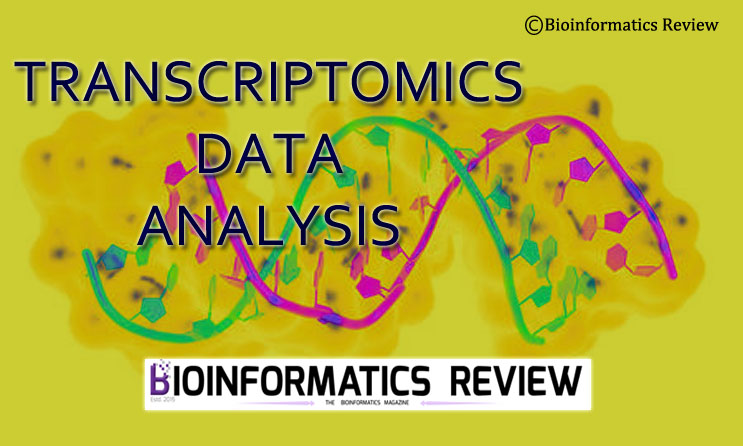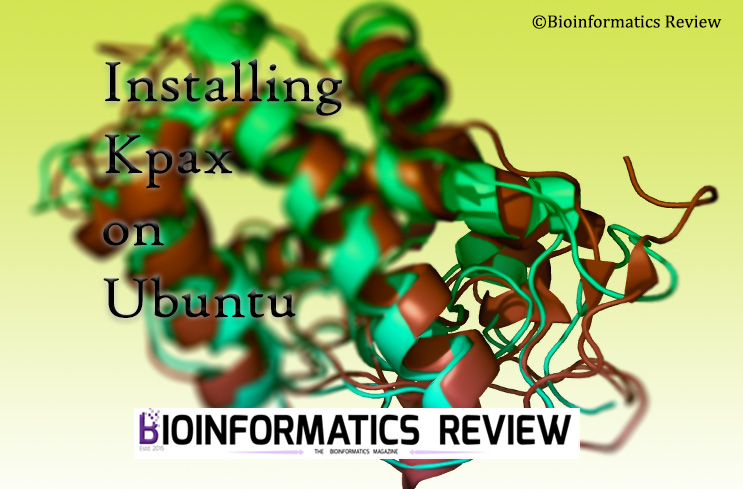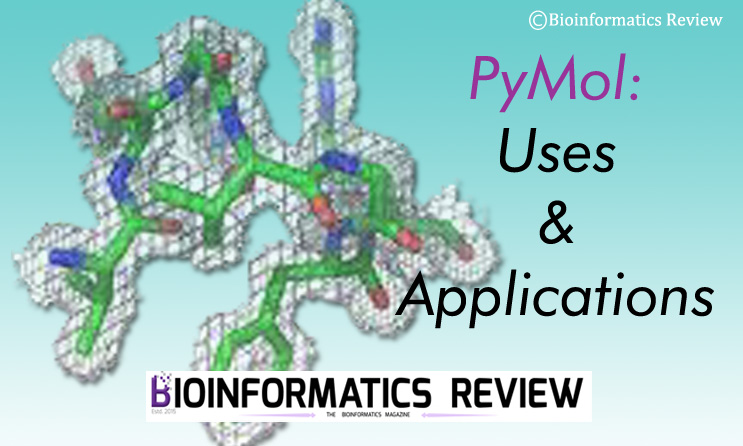Transcriptomic data analysis is an important requirement in biomedical research. The bioinformatics tools available for transcriptomic data analysis provide a user-friendly interface that is easily accessible by the experimental biologists as well. A new tool called GIANT-Galaxy-based tool for Interactive ANalysis of Transcriptomic data has been developed by Vandel et al., [1].
GIANT is a set of tools allowing researchers to analyze transcriptomic data from microarray or RNA-seq analyses [1]. It consists of different modules facilitating the easy selection of tools for a particular analysis. The source code of the GIANT is freely downloadable on Github (https://github.com/juliechevalier/GIANT). The Galaxy tool suite is available on the Galaxy Main Tool Shed (https://toolshed.g2.bx.psu.edu; name:suite_giant; owner:vandelj).
How GIANT works?
GIANT takes raw data from microarray or RNA-seq. Depending upon that, it selects methodology to process the data.
- Firstly, it subjects the input data to a quality check.
- In the next step, it leads to normalization including differential analysis in both the cases (microarray and RNA-seq).
- After differential analysis, the data is subjected to another quality check. It is highly recommended [1].
- After that, it generates volcano plots and heatmaps, performs clustering and GSEA formatting as per the user requirements.
GIANT suite consists of various adjustable parameters to improve the analysis and visualization of transcriptomic data. As an output, it provides interactive plots, tabular results, and easy visualization and sharing of the data. For further reading, click here.
References
- Vandel, J., Gheeraert, C., Staels, B., Eeckhoute, J., Lefebvre, P., & Dubois-Chevalier, J. (2020). GIANT: Galaxy-based tool for Interactive ANalysis of Transcriptomic data. Scientific Reports.





